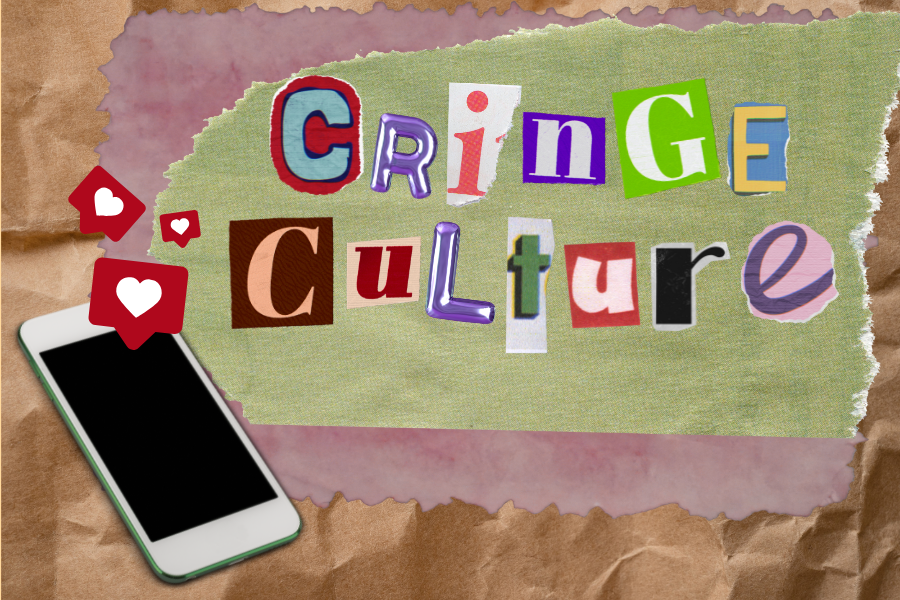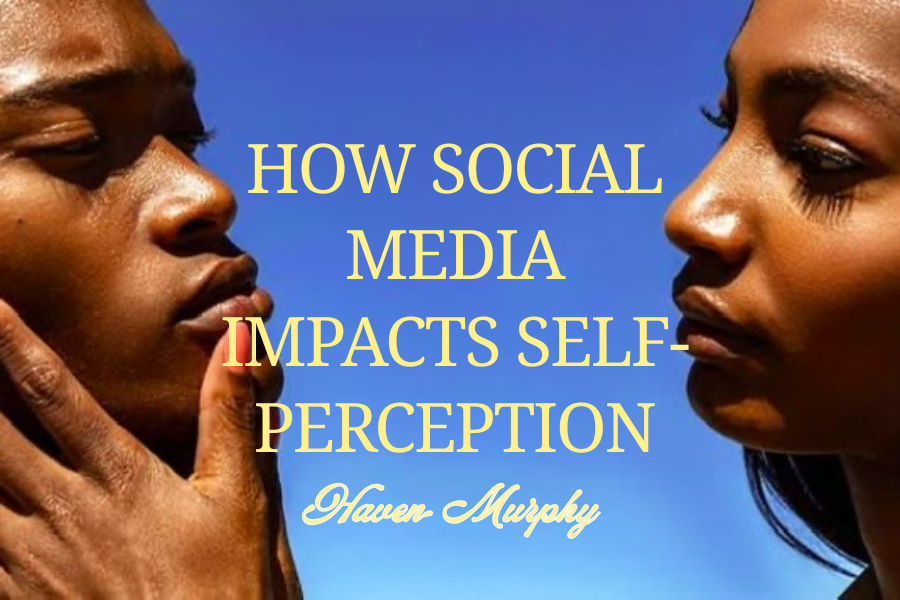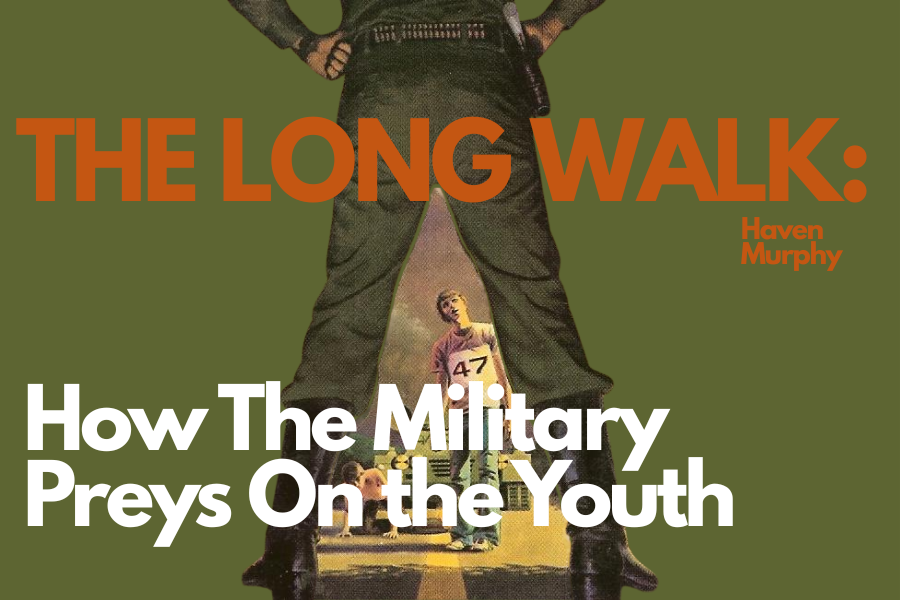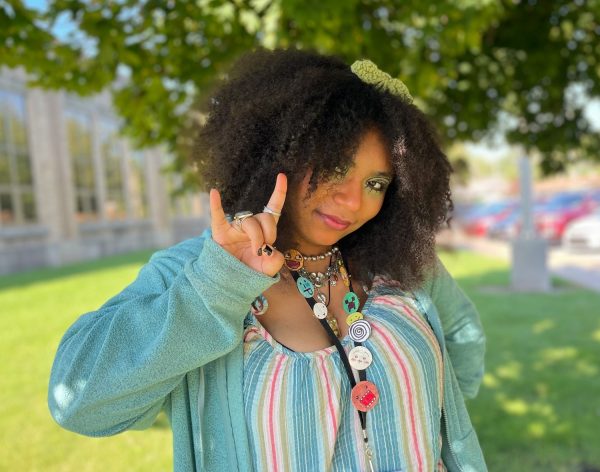The word “cringe” is defined by merriam-webster as: “to recoil in distaste.” Though what it’s defined as in slang or social media terms, is someone whose expression, hobbies or interests are collectively seen as embarrassing. “Cringe Culture” refers to the phenomenon of some individuals berating and bullying people who don’t necessarily fit the norm in terms of self-expression. This judgemental treatment mainly occurs in teenager to pre-teen age groups, but can be found in older age groups as well. What is the cause of this seemingly large mindset, and why has it become more prevalent in modern society?
Although unreasonable judgement toward others has long existed, social media has made it incredibly more common in the modern world. Since its invention, the internet has been a labyrinth for entertainment. Meaning, the majority of the content seen online is humor to entertain that audience seeking it out. These videos go viral and the creators of these videos crave the dopamine rush of getting a ton of likes. Because cringe culture is so common–specifically on social media–these creators then produce content in order to appeal to the target audience. Those videos go viral as well, and others get influenced to make the same content for the high prize of recognition. This cycle contributes to the development and normalization of bullying, or making jokes at the expense of others. It causes people to be more comfortable to treat someone in that manner hiding behind the excuse of it being “just a joke,” as seeing such videos with thousands of likes only reinforces that belief.
This behavior can be spotted more commonly among younger age groups, which consequently, result in higher rates of low self-esteem in those groups. The fear of embarrassment and judgement outweighs the reward of being themselves, yet locking away a part of oneself is destined to lower self-confidence and self-acceptance. Cringe culture also causes the youth to develop a mindset of worrying and listening about the opinions of strangers before their own. This is beyond harmful, as these individuals may grow into adulthood with such thought processes embedded into them; possibly never able to follow their own desires, but only ever pleasing others.
Most of the targeted victims of the cringe epidemic are often people who fall on the autistic / neurodivergent spectrum, or those who have an unconventional, alternative sense of fashion. This only further encourages and excuses ableism within society. It dehumanizes these groups, as their humanity is dissected down into a circus show; something to point and laugh at. This modern phenomenon also enables society to stray from any originality. How incredibly boring would it be for everyone to look the same? That is essentially what cringe culture indirectly motivates.
When expressing yourself despite it potentially being more “out there,” you are gifting yourself the basis you need for loving yourself entirely. You learn to live for you and not the opinions, approval and comfortability of others. Letting go of how you are perceived is the ultimate freedom your mental space can gain. Although learning to accept yourself, building up self-confidence and not caring about perception is completely easier said than done, your care-free expression is one of the most powerful tools in being the first step toward those goals.
It’s okay to be cringe.









